One often hears from hi-fi producers – and we say so ourselves – that the goal is to render the music as unaffected as possible; from the audio source, all the way through the signal chain and out to the listener. To get closer to the artist and all that. But why then do all hi-fi products sound different? One manufacturer has one type of sound balance, while another chooses other paths. Still, both can stubbornly claim that the music is released, and finally it can be heard “as the artist intended”. Because they have upgraded the treble dome with a new and exciting material, replaced a bass reflex port with a passive bass element, or what do I know.
If we look at what is happening in the TV world, it is a goal of the best TVs to show the picture exactly as when the content was completed in post-production. Manufacturers compete loudly to have the best calibrated, most accurate image. A TV picture that is very similar to the monitors that the film and TV studios have used in the production. It also means that the color reproduction on the best TVs is almost identical. We do not see the same in the hi-fi industry, where one instead tries for an interpretation. It is a sport to sound as “musical” as possible, whatever that means.
Believe in the recording
But if you really want to hear the music as it was recorded, why not use the same equipment that the sound engineers actually sit and turn the sound on? Yes, I’m talking about studio speakers. Also known as studio monitors.
The disadvantage of many studio monitors is that they are small and quite low in power, and thus unsuitable as speakers in a normal living room. Most are made for near-field use, ie to stand directly in front of the sound engineer, on the edge of a mixing desk or desk. Then they do not need to be able to play loud and loud, because the sound is so close anyway. A few watts hold, as long as the speakers play linearly and dynamically within a meter distance.
If you are going to use studio speakers three to four meters away in a living room, and with a sound pressure equivalent to a proper hi-fi system, a larger shooter is required than a pair of near-field monitors. Which is why the Genelec 8361A has got my attention.
Genelec claims all its speakers sound the same, with the exception of deep bass and sound pressure, where the big ones leave. Photo: Genelec
All Genelec are alike?
Genelec itself claims that all their speakers have the same sound image and sound quality. What separates the smallest and cheapest from the largest and most expensive is simply bass response and power. But we know that a more powerful hi-fi system often sounds bigger and more effortless even at lower noise levels. And moreover, that deeper and louder bass also contributes to a larger sound image, with subjectively better resolution. A bit like a TV screen with a deeper black level automatically also highlights highlights, as when a darker night sky produces more stars. In contrast, contrasts are the alpha omega.
Large studio monitors
Which brings us to the Genelec 8361A. A pair of well-grown active studio monitors of 1,000 watts, made for larger studios where it is not enough with a couple of small dwarf monitors.
But Genelec also wants to meet the needs of technicians looking for a pair of near-field monitors with deeper bass and greater dynamic surplus than those found in the smallest speakers. Not least, technicians who turn sound on classical music need something that fixes everything from the quietest breaks to the most extreme cannon explosions.
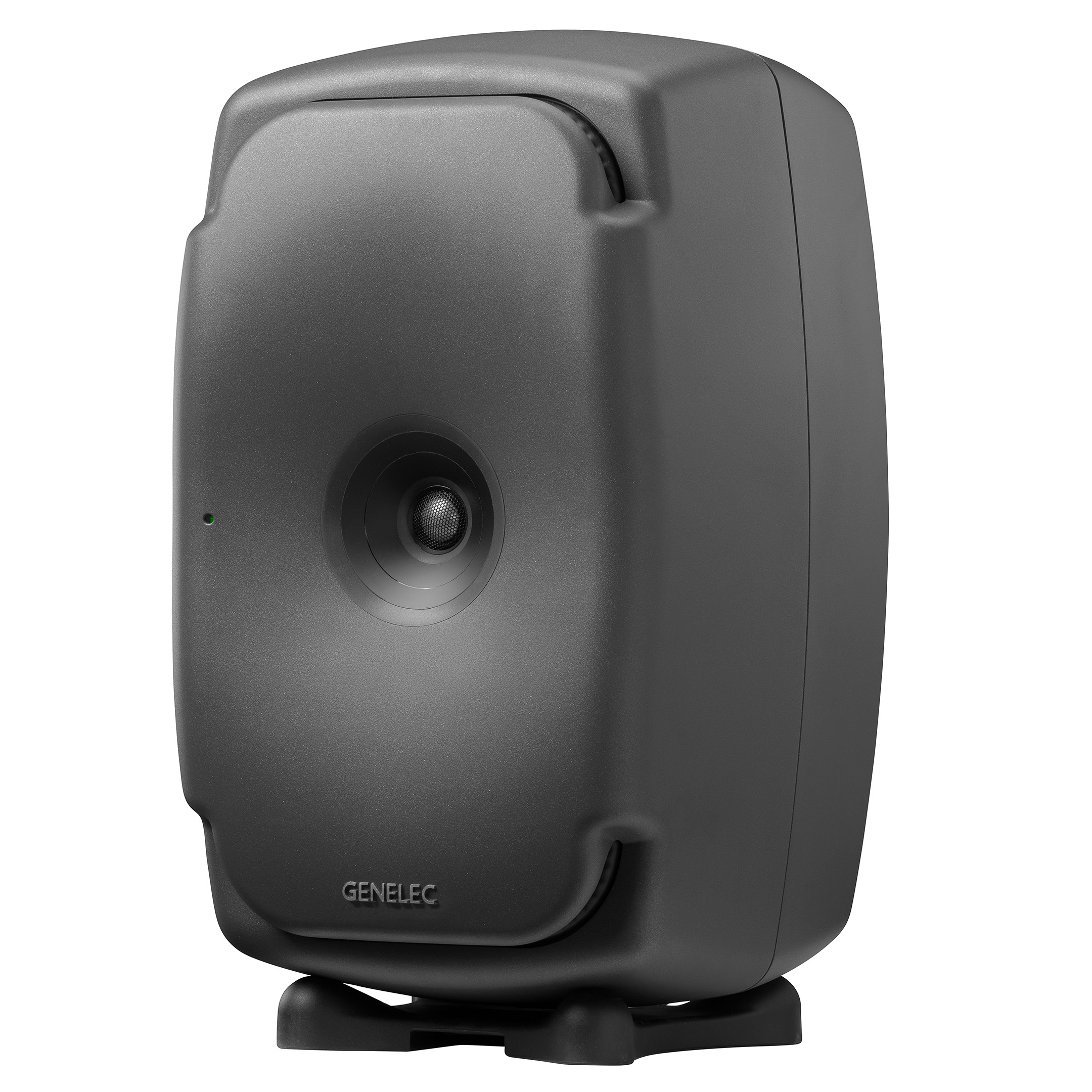
Coaxial speakers
Genelec has therefore developed the speaker series The Ones, which are speakers that work just as well at close range. These are three-way coaxial speakers with bass, midrange and treble mounted on the same axis. The treble element is in the middle of the midrange, which in turn has two bass elements behind it. These are mounted on an extra baffle behind the front plate, symmetrically above and below the midrange. Since they are oval and lie horizontally, they correspondingly protrude outside the midrange element, so that if the speakers are laid down on the side or stand upright, the basses will in any case have the same phase starting point.
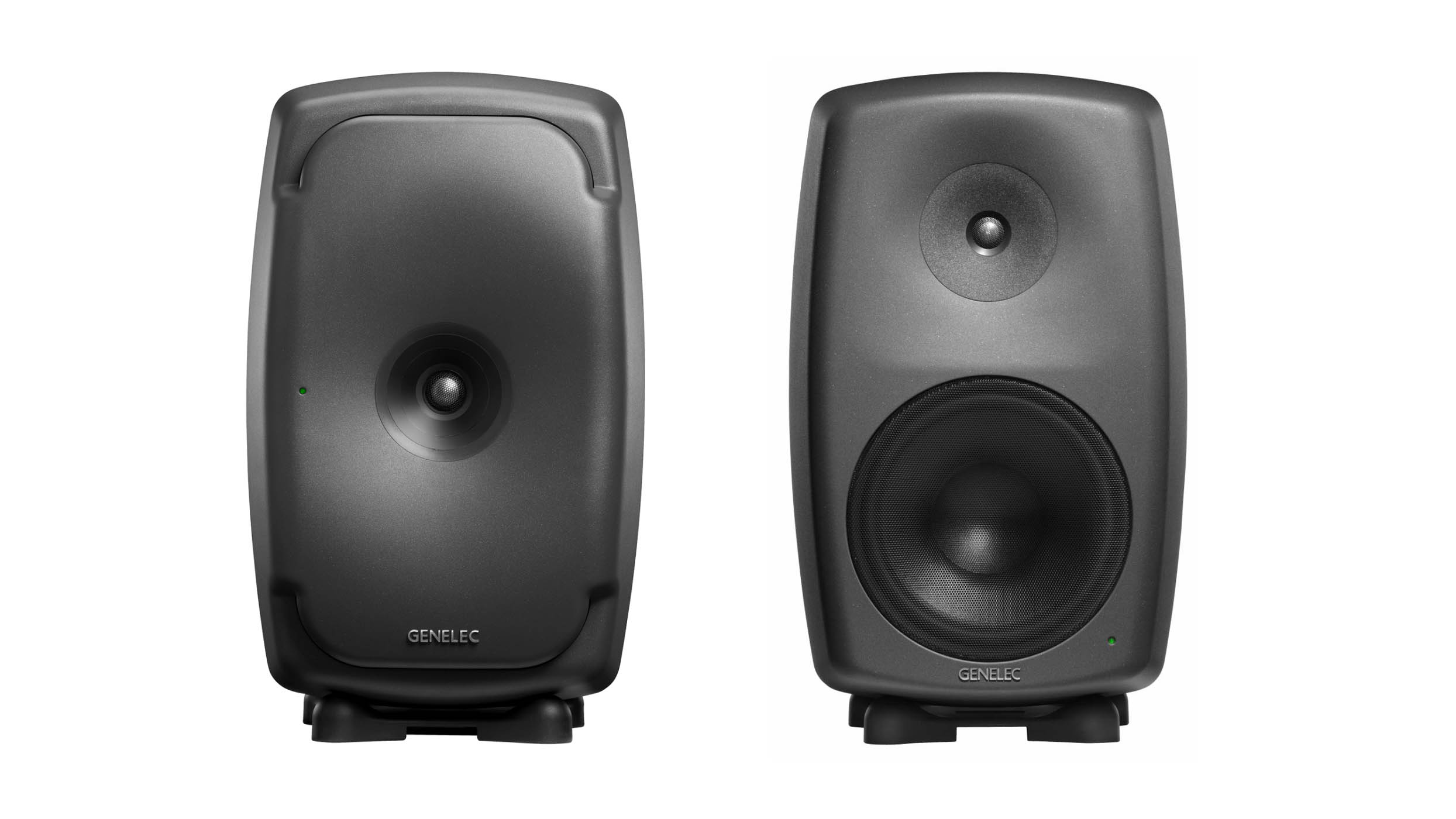
Point source
Such a coaxial speaker has two obvious advantages. First, you have a real point source, where all frequency ranges come from the exact same axis. No matter where the listener is in relation to the speakers. This gives the same frequency response regardless of whether you are sitting half or ten meters away. Depending on the room, of course.
Secondly, such a speaker assembly requires a smaller front baffle than when several elements are to be placed one above the other. This allows you to develop a cabinet with the best frequency response, without thinking about how big the baffle must be. Genelec has also chosen to give the baffle soft curves, which blend in with the rest of the cabinet. A so-called “infinite baffle”, in order to prevent as much as possible diffractions that create distortion. Especially in the treble range.
8361A: Heir to old favorite
The all-new 8361A is the largest model in The Ones series. This is a direct successor to Genelec’s very first and largest coaxial three-way speaker, the now ten-year-old 8260A. Which I loved when I tested it in 2010, and which does just as well today as then. It really was something special.
The 8260A did not have the coaxial placement of the 10-inch bass, which was more traditionally mounted under the midrange element. Not very important, but it could probably present some challenges with the bass response for technicians who sat very close, with the speakers placed horizontally.
The new 8361 will change this, with a complete coaxial principle like the rest of the Ones series. It settles over 8351A, which we also thought sounded fantastic.
The case is the same size as the 8260A, and the two oval bass elements are also larger than in the little brother, with each of them measuring 10.5 x 5.5 inches.
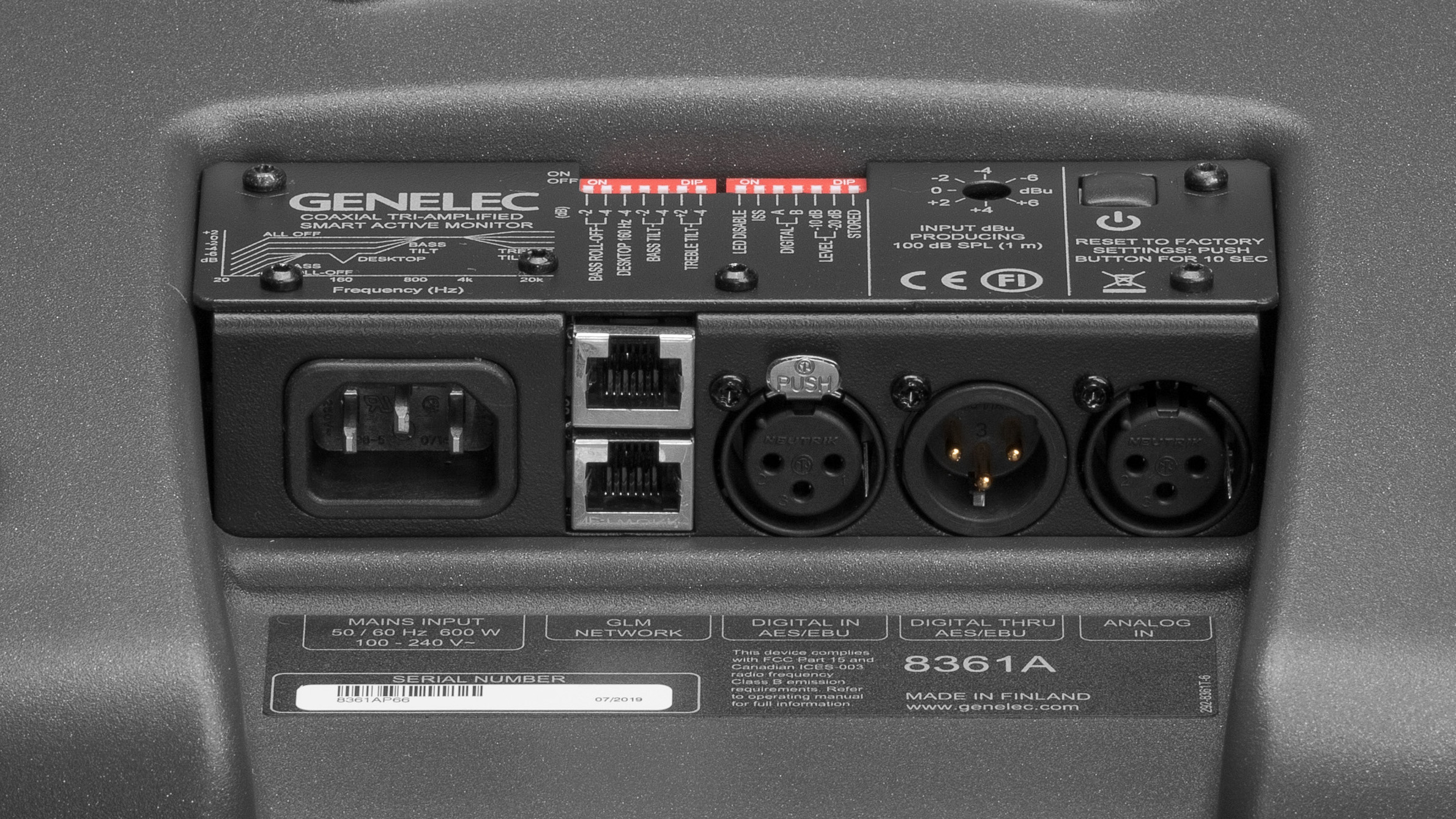
Class D
Where the predecessor 8260A used a 150 watt amplifier for the bass element, the power has now increased to 700 watts! The total power is a whole kilowatt… As a result, the maximum sound pressure has increased by 5 dB, from 113 to 118 dB! Still with surplus to the worst transients, where you have another 6 dB available.
To achieve this, the 8361A has been given modern Class D reinforcement against its predecessor’s traditional Class AB principle. It is more effective, hence the increased effect.
But for sound engineers who have a lot of processors, sounds, compressors, noise gates and other components in the signal path, electromagnetic RF noise can become a problem with switched power supplies. Genelec insists that they have laid out the circuits carefully, and also added extra electromagnetic (EMC) filtration.
For hi-fi enthusiasts, the fear may be that Class D sounds less dissolved and rougher at the edges than Class AB. But my colleague Audun Hage had nothing to complain about when he tested the 8351A a few years ago.
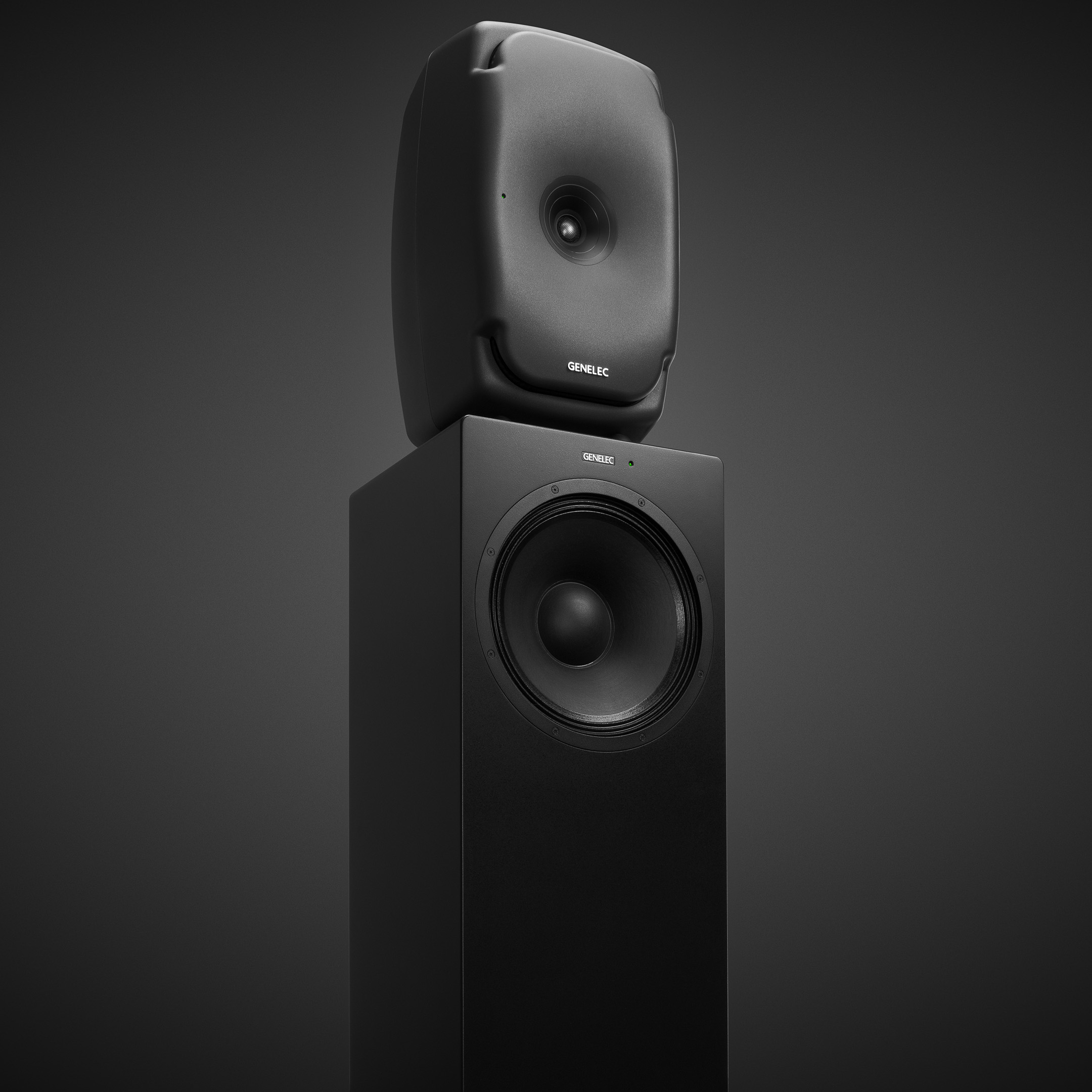
The moment of greatness
8361A are large, heavy and look quite vulgar as near field monitors on the desk. I can still imagine some technicians will use them like this, and when you fire up the music I have no problem understanding why. On the contrary! For the makan of explosiveness!
I currently have no audio source with AES / EBU digital input, but instead use the coaxial output from the Teac NT-505 through an XLR transition. I do not want to connect analog, which is then A / D converted in the speakers. Although Genelec claims that it makes no difference. The shortest possible signal path is always the goal, no matter what.
Explosive Genelec gives goosebumps
The memories from the 8260A come back with a bang, and I sit and stare at how correctly the speakers sound, but at the same time be able to get everything that is fun. When you talk about speakers that sound correct, you can quickly believe that it sounds boring. And, yes, I realize I’m the billionth person to make that joke. But watch the James Bond song No Time To Die by Billie Eilish, and get ready for goosebumps three times.
Billie’s voice is in the middle of this dark ballad, and it is sensitive and close. With far more chest sound than on a number of other songs, where she is better known for almost whispering-singing. And the large, gaseous soundscape where all the details hang transparently in the air – like a hologram – is directly nerve-wracking. A distant trumpet with a long reverberation pulls us straight into the James Bond universe, and I simply sit and listen to the whole song. Since I feel like I’ve been dragged straight into the world of the sound engineer, I suddenly sit and think that I myself would probably have pulled the vocals a couple of decibels up all the way to the top to give it more air, but it’s very good I have not turned the sound on this the song. That would be shit.
Walking in the Air by Aurora gives the same type of goosebumps, but here the voice is lighter and with more air. Here, too, I hear the whole thing. The soundscape is so big, coherent and… correct.
But you do not buy large speakers just to hear – or turn up the volume – quiet ballads. Time to rock a little. Pearl Jam has recently released a new song, Dance of the Clairvoyants. More disco-like than they did in the grunge era, but the drum rhythms sound tough, and the distorted bass guitar makes it a little dirtier. The Genelecs reproduce it all without murmur. Here you get a more direct sound image, not quite as big and floating. Because the speakers simply signify by reproducing the music as it was actually recorded. Everything sounds different, there is no audible echo here.
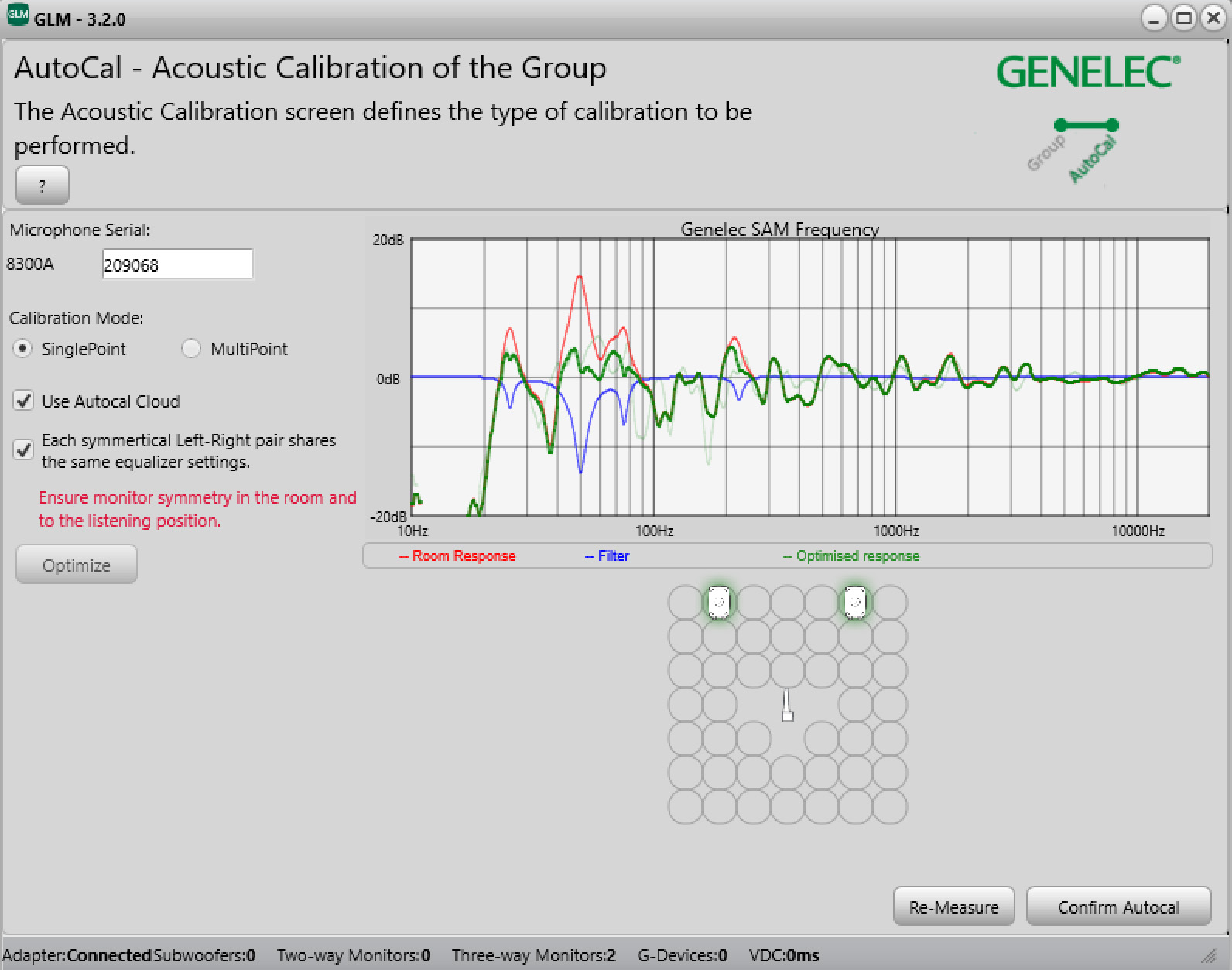
Room correction
Genelec has nevertheless taken into account that not all sound people or music lovers have an equally good starting point. Neither when talking the acoustics in the room, nor the surface the speakers are on. If they are on a reasoning desk with hollow drawers, it will give a different sound than if the speakers are on racks. Even if they stand on rubber brackets never so much.
That is why Genelec has developed the room correction system Smart Active Monitoring, or SAM. It consists of a processor module (GLM 3.0) that connects to a Mac or PC with USB. From there, the connection goes on to the speakers via network cable.
After loading the GLM software and mounting the speakers where they should be, simply place the microphone in the listening position and press start. Then AutoCal runs which measures the frequency response in the room and makes the necessary adjustments needed to get a neutral sound image. You can choose between correcting both speakers separately or jointly, and whether you want to make one or more measurements to achieve the desired result.
It is very easy to use, but requires a laptop. The price of GLM 3.0 is around 3,500 kroner, but it is included in the speaker price we have received from the Norwegian importer.
What does the correction do?
If you have a good room in the first place, there is not necessarily much that happens after correction. For near-field listening, I do not feel it is necessary. But in our test room, with a listening distance of 3.5 meters and with the speakers placed close to the back wall, there is a powerful amplification around 50 Hz which makes it sound quite cloudy. This gets better with the speakers pulled out about 1.7 meters from the wall, but few have the opportunity to have them placed like this. And then you get problems with a strong attenuation around 400 Hz, which gives more clarity in the bass but then at the expense of fullness and body. If you have the opportunity to correct the speaker, it is better to place it closer to the walls, where cancellations become less problematic.
On the other hand, color staining becomes a bigger problem when the speakers are next to the wall, but that is exactly what the correction will largely take care of.
Holy wow!
It is quick to calibrate the speakers, just follow the instructions in the computer program you download.
When done, the sound is as linear as the system can handle. You can alternatively choose between different presets, for example scrolling down the top with 2 or 4 dB. Or choose to attenuate from the bass (100 Hz) and upwards, with 0.5 or 1 dB per. octave. All this changes the sound character. I mostly chose either linear response or to attenuate 0.5 dB per. octave. You can also make your own settings, if you dare.
With the speakers corrected for the room, things happen. First and foremost in the bass, which tightens up and sounds more holistic. Unnecessary deer meat is removed, but it still does not sound sterile. Only clearer, bigger and more correct.
It simply splashes out of the music! Just listen to the piano of Maurizio Pollini as he plays Chopin’s Nocturne in F Minior (Op. 55 No. 1). There are so many timbres that it is almost fading. The room is big, everything hangs in the air.
And if Ariana Grande is your taste, then it also works extremely well, well note the best produced, least compressed songs.
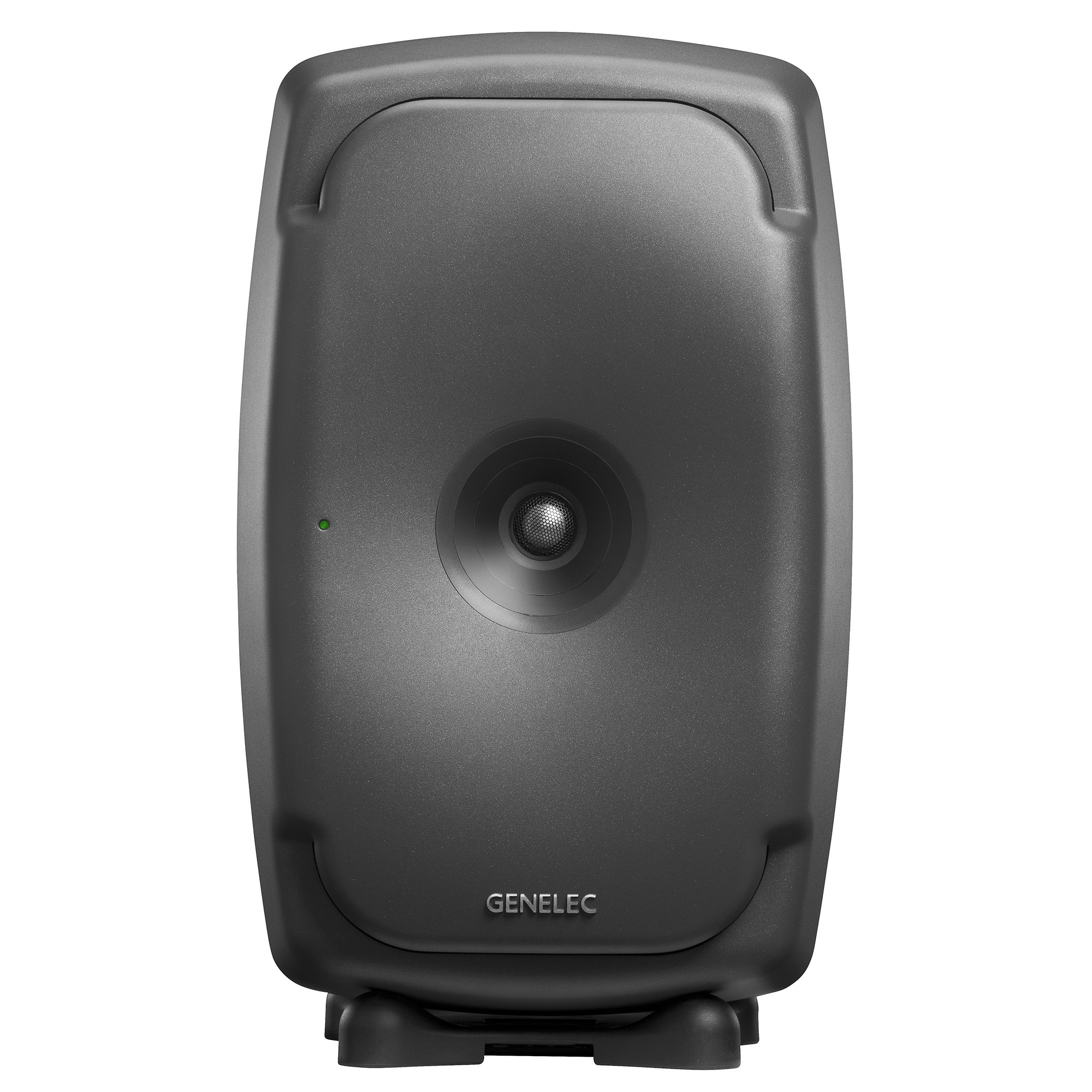
Genelec 8361A: Conclusion
I remember I thought the 8260A was pretty close to perfection, and so is the 8361A. The dynamics, the clarity, it’s just bowing in awe. The only thing I had to blame on the predecessor was that it could sound a little scratchy when you guffawed the sound. And the same thing actually happens with this one. It may play a little louder before that happens, but the hardness shows up before the front lights start flashing red for clipping.
Now our test room at work is quite subdued, so you have to turn up the volume a bit louder than in a normal living room. They play more than loud enough with us too, but there is something with proper sound quality that makes you just want to go on. You can definitely do that with 8361A, don’t get me wrong! But I am among the environmental damage people who are somehow never satisfied.
What the 8361A does is reproduce the music lifelike to the recording, with an insane dynamic and clarity. And with a hefty bass that extends deep enough to shake well. If you want more, you can consider the bass system W371A, which I hope to test soon. With both a 14 “and 12” and a sound pressure of 120 dB, and made to use two in stereo, it should have something to offer!
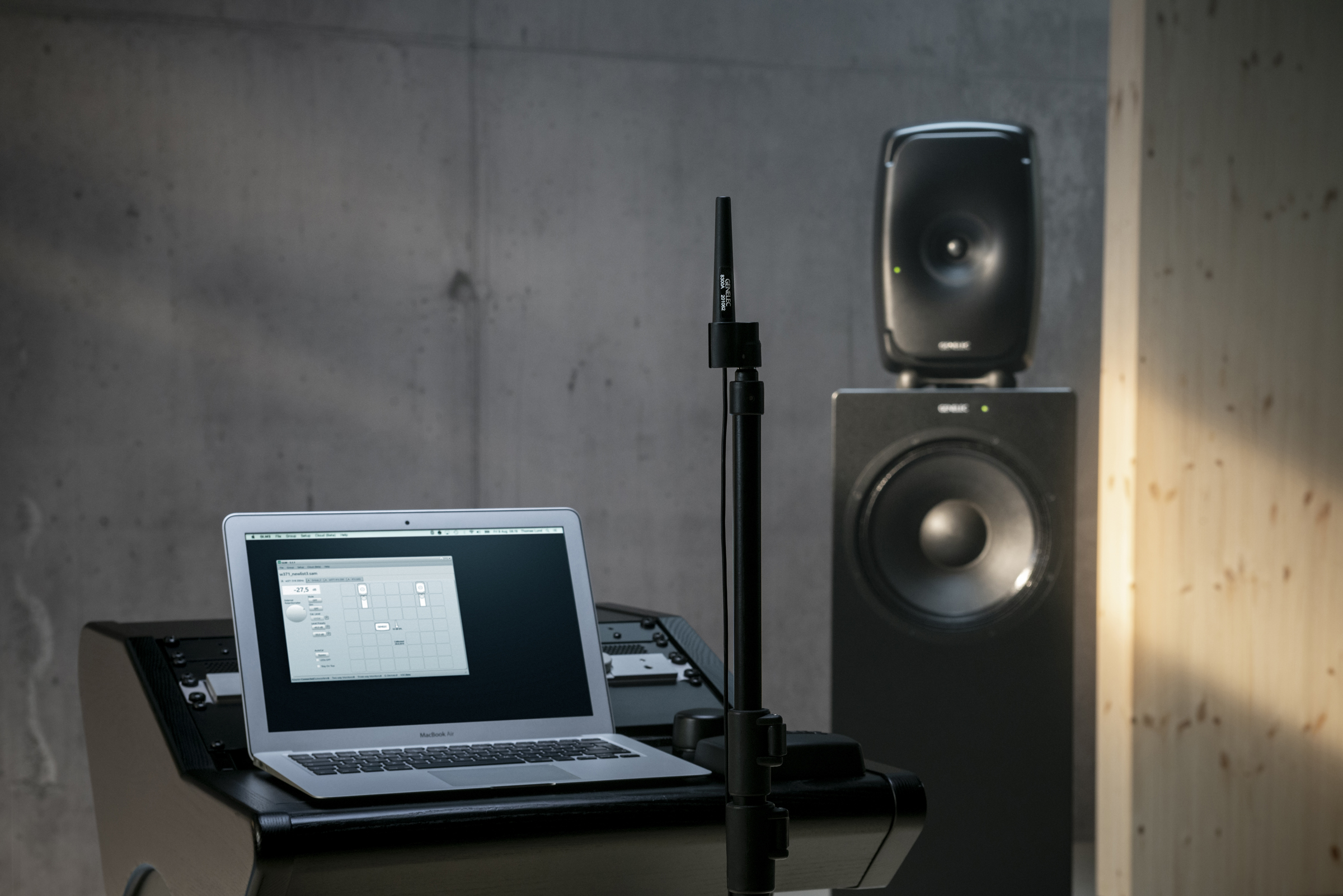

We think
The dynamics are extreme, so is the sound pressure. The sound is truthful like few, from real point source. The room correction provides extra adjustment options. Massive appearance, looks bad in the living room. Coarse-grained sound when playing loud.
10660 €
Specifications
- Bass: 2 x oval 5 “x 10”
- Midrange: 5 “
- Treble: 1 “
- Amplifiers: Bass 700W, Midrange 150W, Treble 150W – Class D, peak
- Sound pressure: 118 dB (124 dB peak)
- Frequency response: 36 Hz – 20 kHz (+/- 1.5 dB), 30 – 43 kHz (-6 dB)
- Network: Ethernet for remote control and room correction
- Inputs: AES / EBU (XLR), analog XLR
- Output: XLR Digital Call Forwarding
- Room correction: GLM V.3 Kit
- Resolution: 24-bit / 96 kHz
- Dimensions and weight: 25 x 18 x 18 cm (H x W x D) / 7 kg
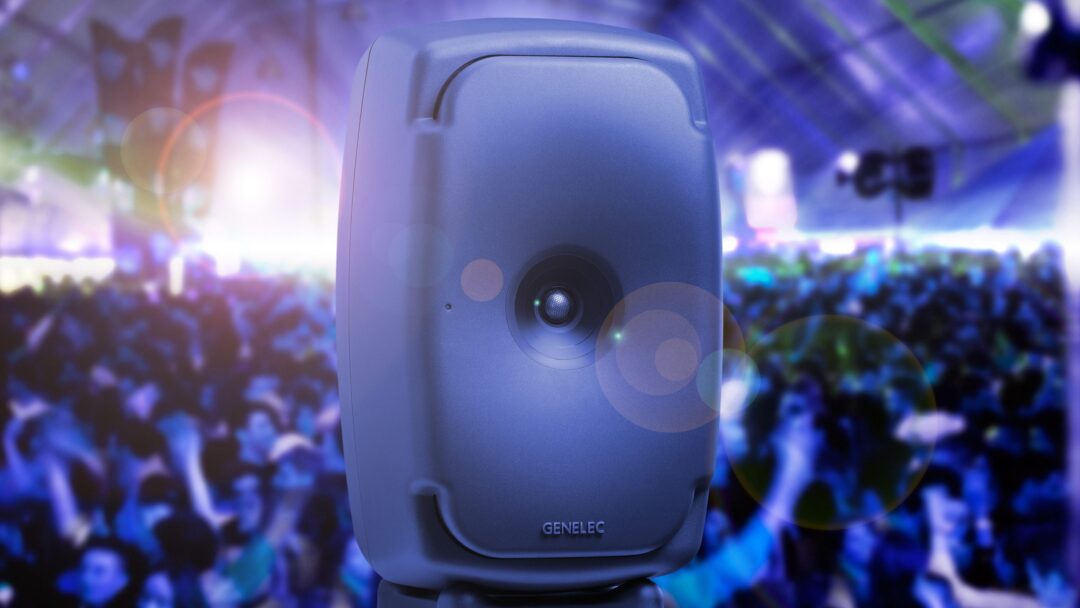

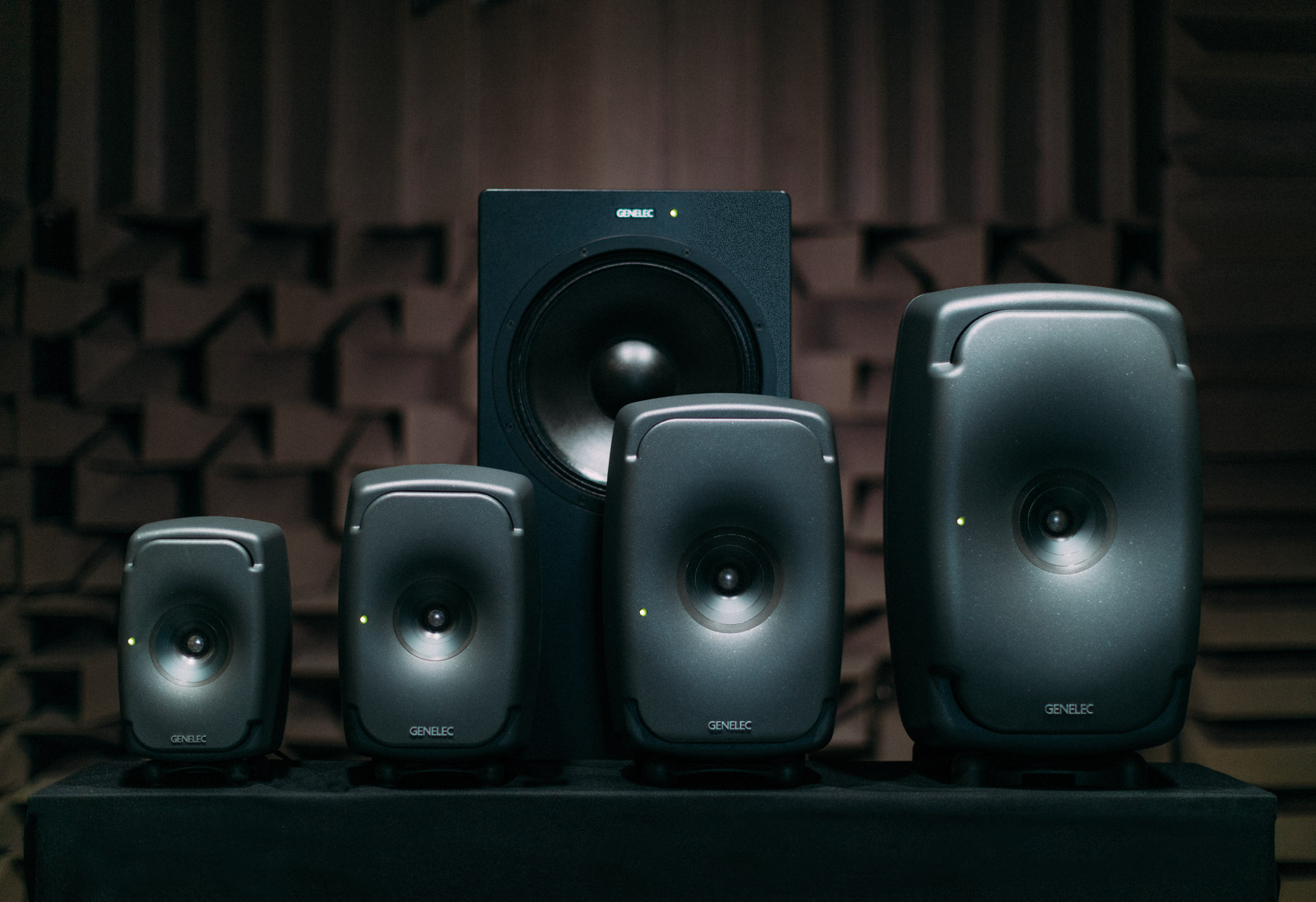
A well-considered review! Thanks, Geir!